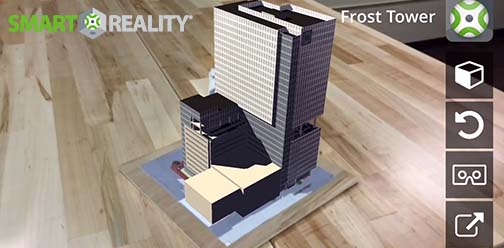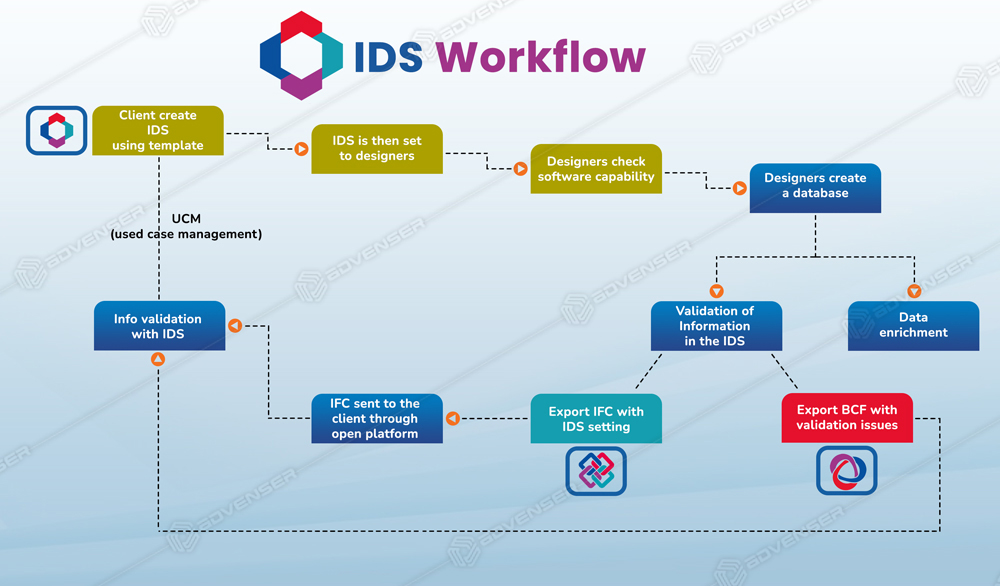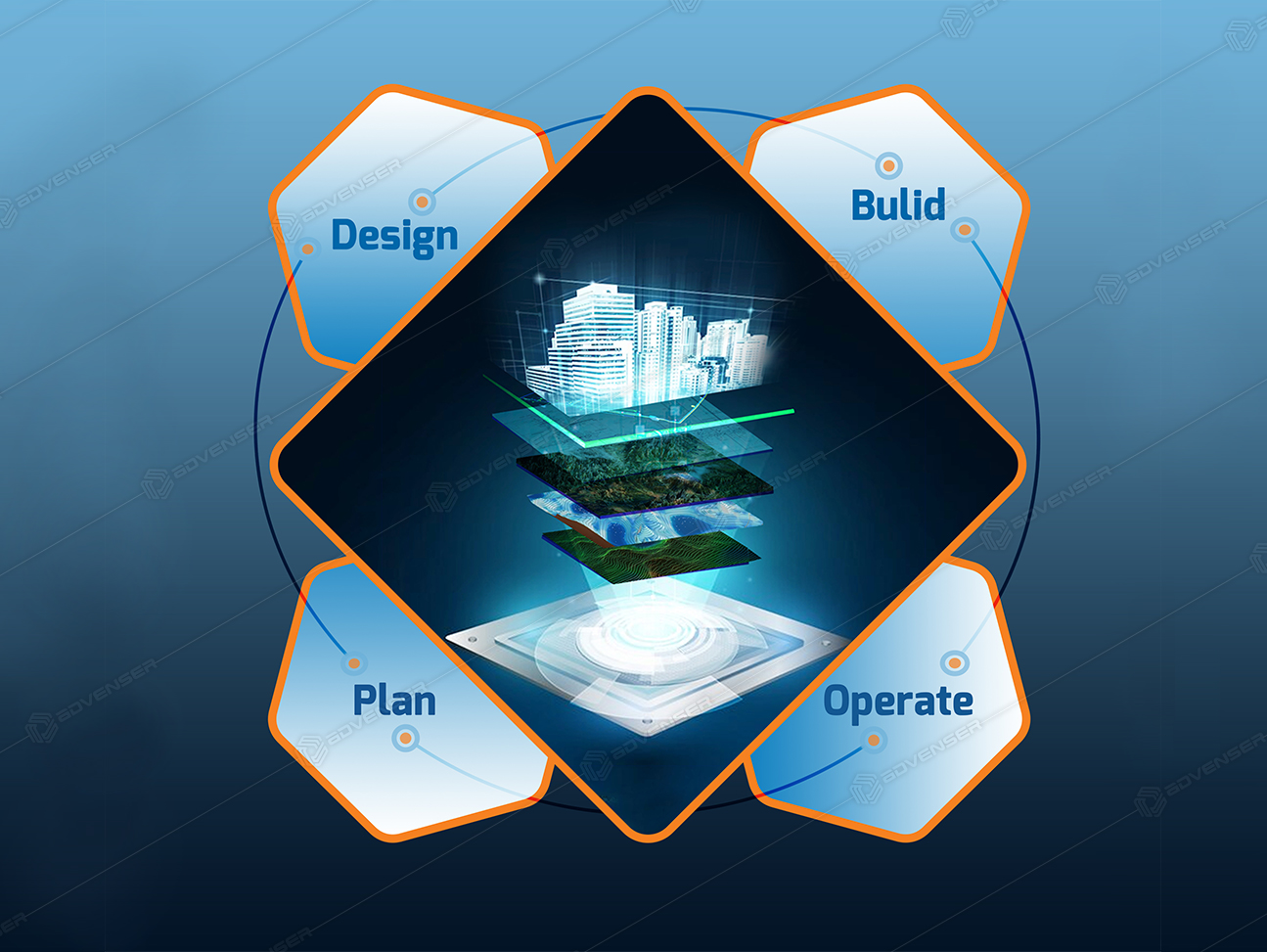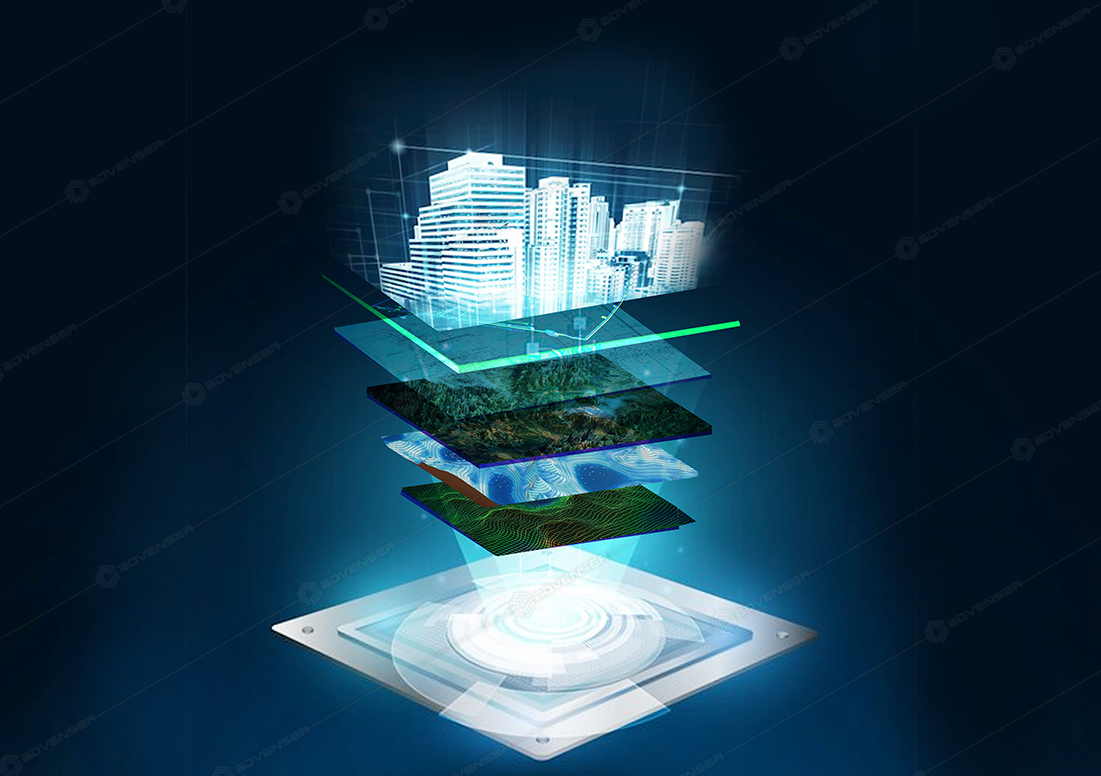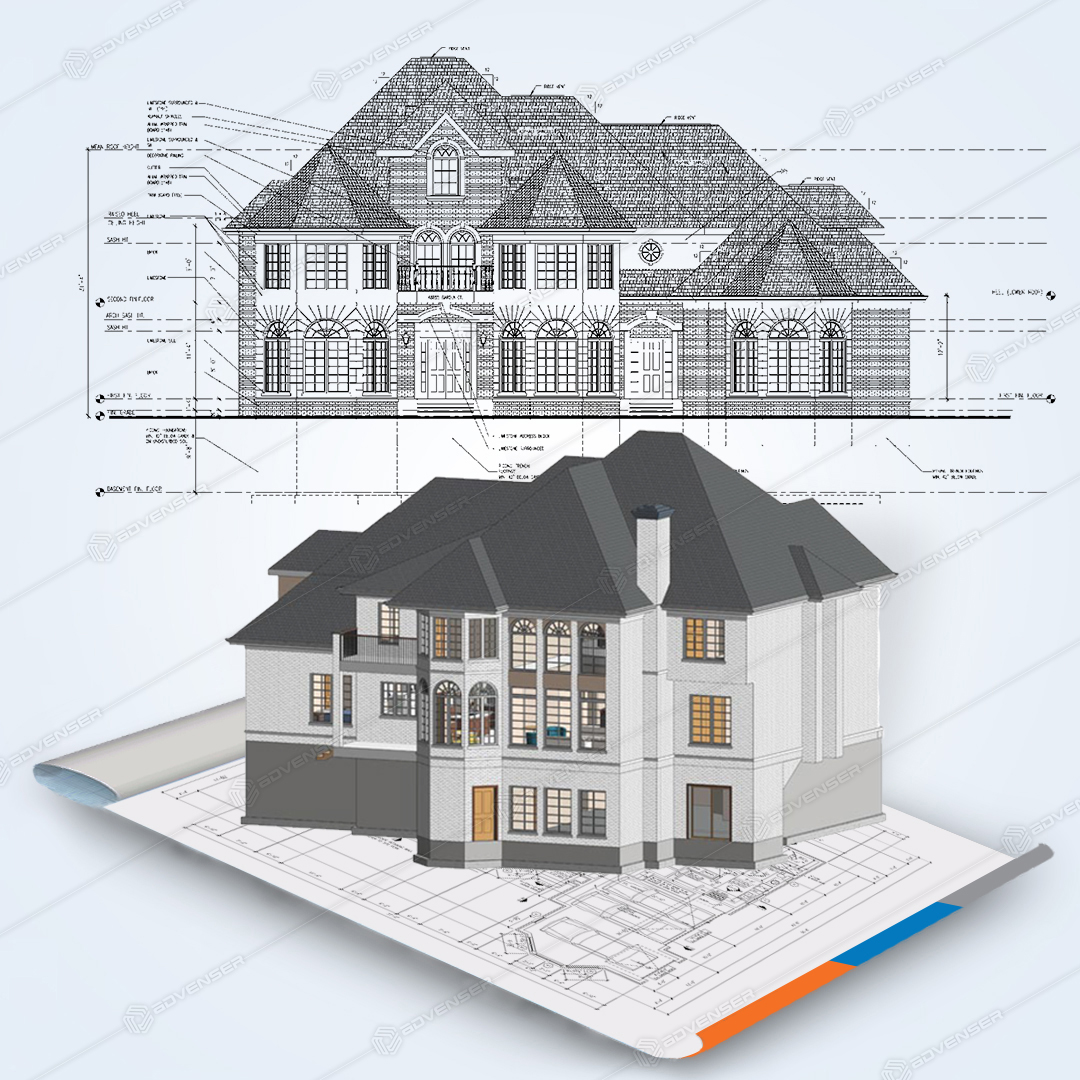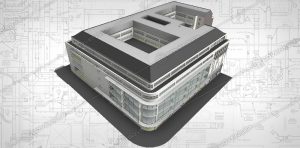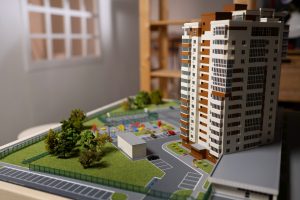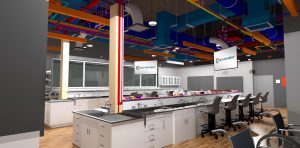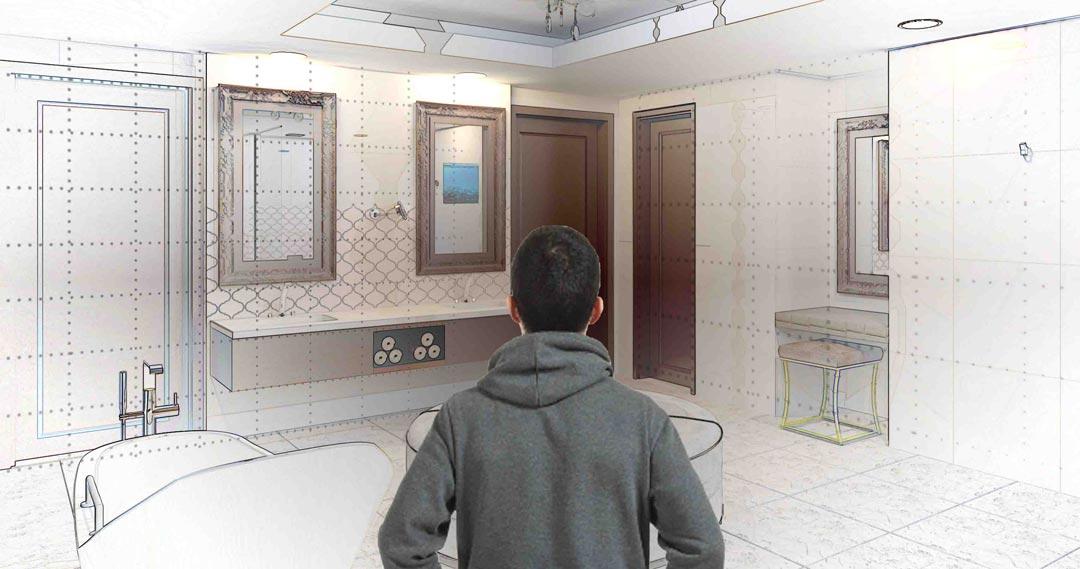
But what’s there in it for BIM?
Imagine walking your clients through the actual life sized model of an on-going architectural venture of yours.. Or imagine yourself sitting virtually inside the model and evaluating every nook and cranny of it… This is definitely more fruitful than sitting at your table and zooming into a 15’ screen. The acceptance and expansion of VR has been growing exponentially. Ever since embracing the idea of VR, the AEC (Architecture, Engineering and Construction) sector has benefited a great deal. As per the reports, companies began seeing faster project approvals, increased positive client interactions and higher client satisfaction. The “what’s important” and “what’s not important” checklist can be prepared smoothly so as to save valuable time and money for the company as well as the client.
With all the rapid progress happening, it is not surprising that architects, engineers and construction techies are already exploring the length and breadth of this technology. There are almost 50+ VR software and hardware tools available right now, that can redefine the way BIM is implemented and interpreted.
Oculus Rift
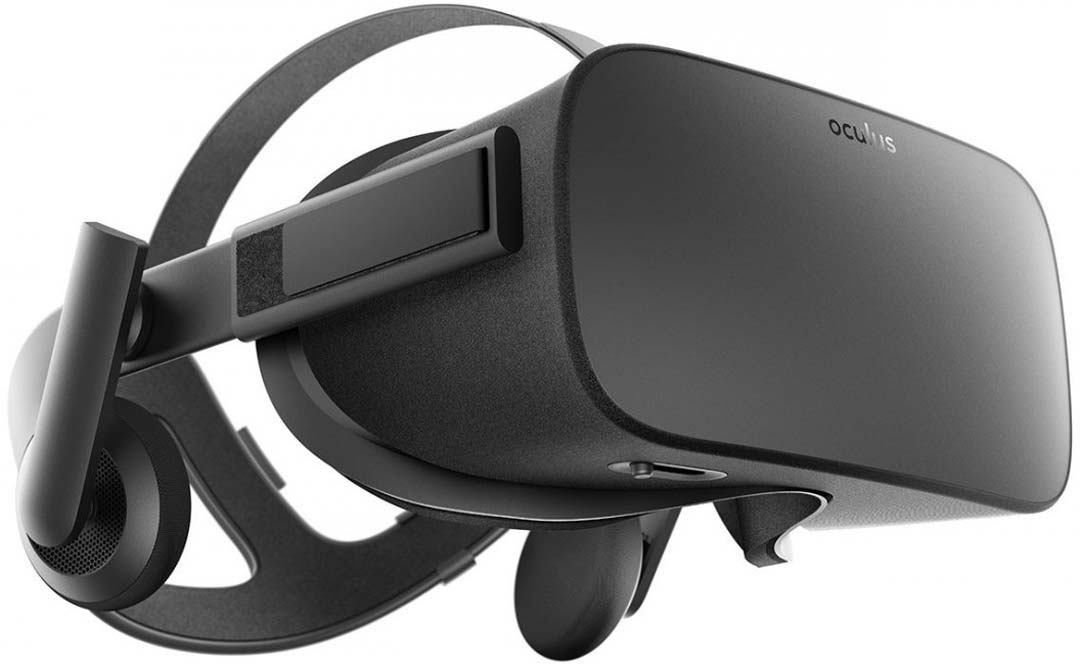
It has an in-built IR sensor as well as headphones which provide a 3D audio effect and super accurate rotational and positional tracking plug-ins. With the right technical ‘know-how,’ Oculus can be used to replicate an entire building and give a better perspective of the actual scale of the project, which is impossible using traditional monitor oriented systems. It also offers a wide viewing angle of up to110 °.
PrioVR
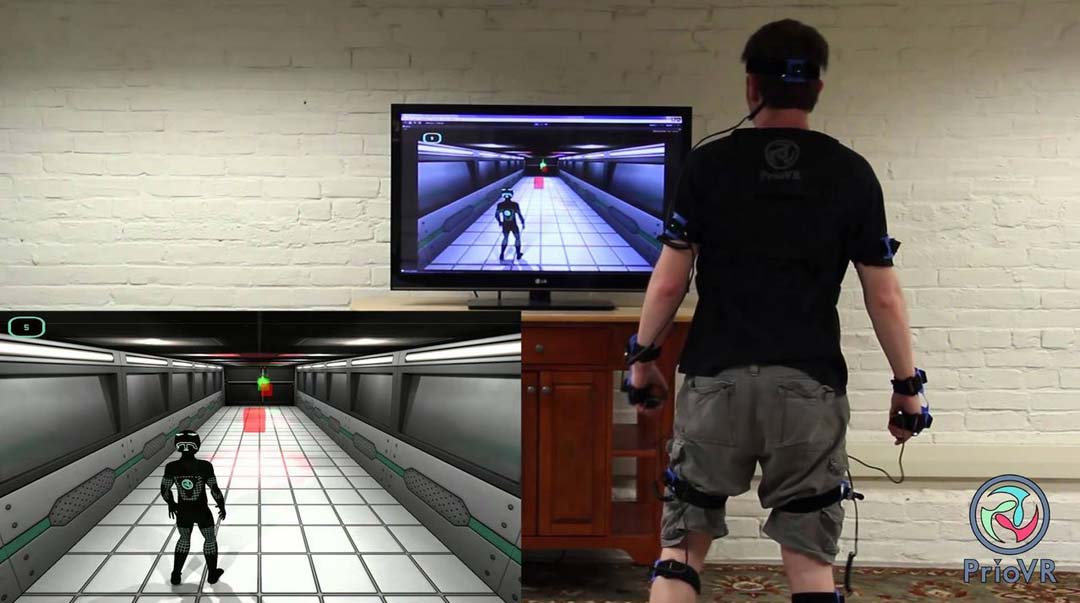
It also has a 360° viewing angle making it somewhat more realistic while navigating through a model.
Touchable Holograms
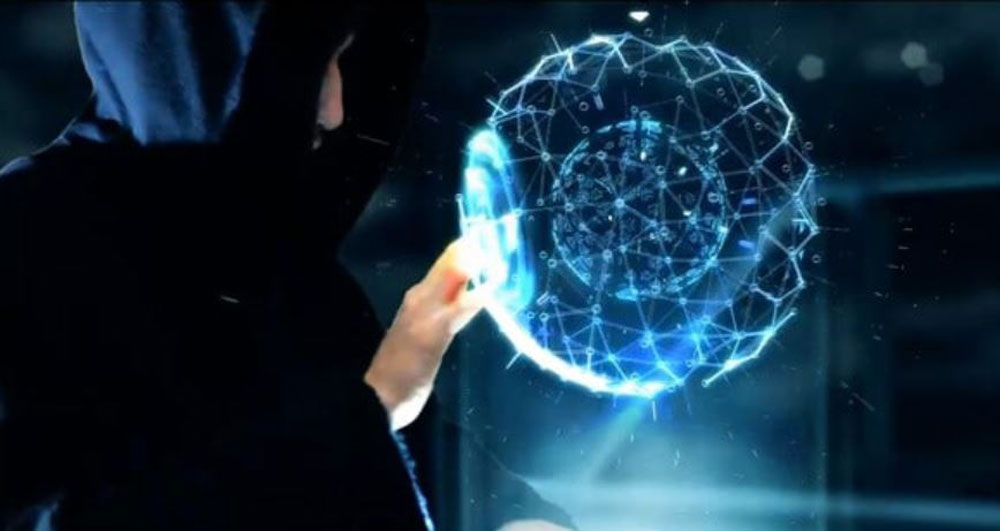
Other than the above mentioned PC software, now there is a new class of mobile apps available that let project teams experience building plans in 3D.
Augment
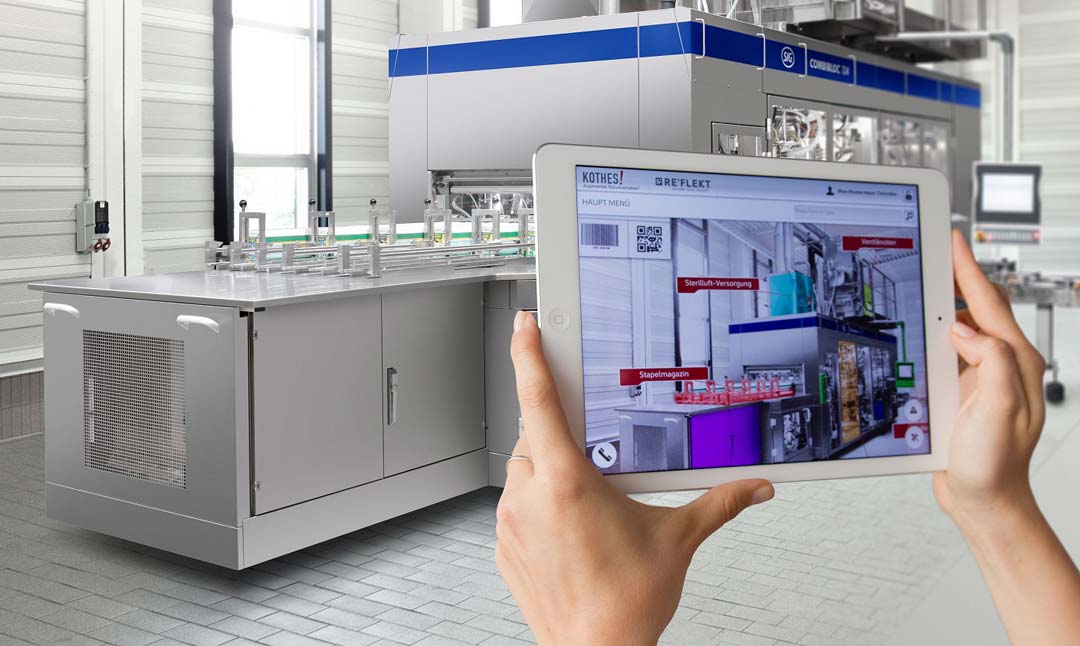
Visidraft
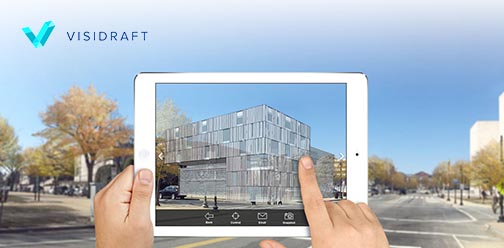
Smart Reality
